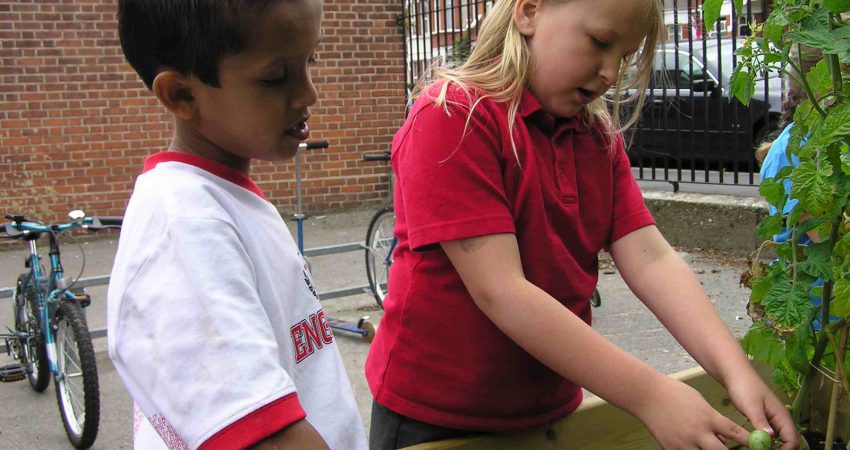
By Heather King - October 2011
PAPER CITATION
Brown, B.A., Ryoo, K. & Rodriguez. J. (2010). Pathway towards fluency: Using ‘disaggregate instruction’ to promote science literacy. International Journal of Science Education, 32(11), 1465–1493.
The premise underpinning this study is that a learner’s ability to describe and engage conceptually with scientific phenomena is dependent upon his or her ability to understand and use scientific language. The authors thus argue that teaching and learning of science should be preferably split into conceptual and discursive components, an approach they call ‘disaggregate instruction.’ The authors found that students taught in this manner outperformed those taught traditionally. The authors highlight the impact of this finding for all educators, and note that it may be particularly significant for educators working with diverse learner populations.
The authors begin the paper with an excerpt from an African-American student’s classroom talk. The student provides a reasoned explanation for the absence of obese marathon runners, but uses language in a way that signals or echoes his particular social identity and social group membership, i.e. he does not use scientific terms and as such his description does not benefit from organizational specificity of scientific language. As the authors acknowledge, an ability to use scientific terms correctly and fluently is not an inherent skill – learners need to learn how to ‘talk science.’ Indeed ‘it is the job of the teacher to introduce the intricacies of the language and to scaffold students to join this conversation through connection to everyday experiences’ (p. 1471). Furthermore, educators need to learn the cultural and linguistic backgrounds of students to bridge home language with scientific language (Emdin, 2010). Thus, by adopting a ‘disaggregate’ approach, the authors contend that educators can identify instructional incongruence, improve learners’ conceptual understanding, and promote learners’ discursive identity development.
The study involved 49 fifth grade students. Out of these, 30 spoke Spanish as their primary home language, whereas it is English for the remaining 19 students. The students were randomly assigned into control or treatment groups and engaged in a series of lessons on photosynthesis. The treatment group was taught using the Directed Language Approach to Science Instruction that involves a four-stage approach to teaching science based on the use of everyday scientific language:
1. The pre-assessment instruction phase is a formative stage allowing the teacher to determine what the students already know.
2. The content construction phase involves the teacher introducing actual content without using detailed language.
3. The introduction of explicit language phase introduces students to specific language with opportunities for students to use key terms in talk-based and written assignments.
4. The scaffolding opportunities for language phase involves the teacher providing opportunities for students to discuss phenomena and practice using terms without the teacher’s assistance.
Both groups completed pre- and post-tests to assess learning gains that included closed- and open-ended questions. The open-ended responses were analyzed and scored depending on whether the students used everyday, scientific, or a mix of language types.
Following analysis, it was shown that the conceptual learning gains of the treatment group were nearly twice than those of the control group. In addition, the treatment groups were more likely to use scientific language correctly. The authors conclude that using a disaggregate approach not only improved students’ conceptual understanding but also enhanced their ability to use scientific language to explain scientific phenomena.
The authors conclude the study with suggestions for future research initiatives including the issue of how teacher education programs could be developed to help teachers understand the impact of language acquisition while also becoming aware of the interplay and degree of continuity between home or everyday language and that required in science classrooms.
The ideas and findings of this study clearly have considerable value for ISE educators engaged in teacher education and for those working directly with diverse learners who bring particular social identities when engaging in science learning. In the words of the authors, educators need to take great care to acknowledge and build on students’ own language resources in the process of guiding them on their pathway to develop science fluency.




